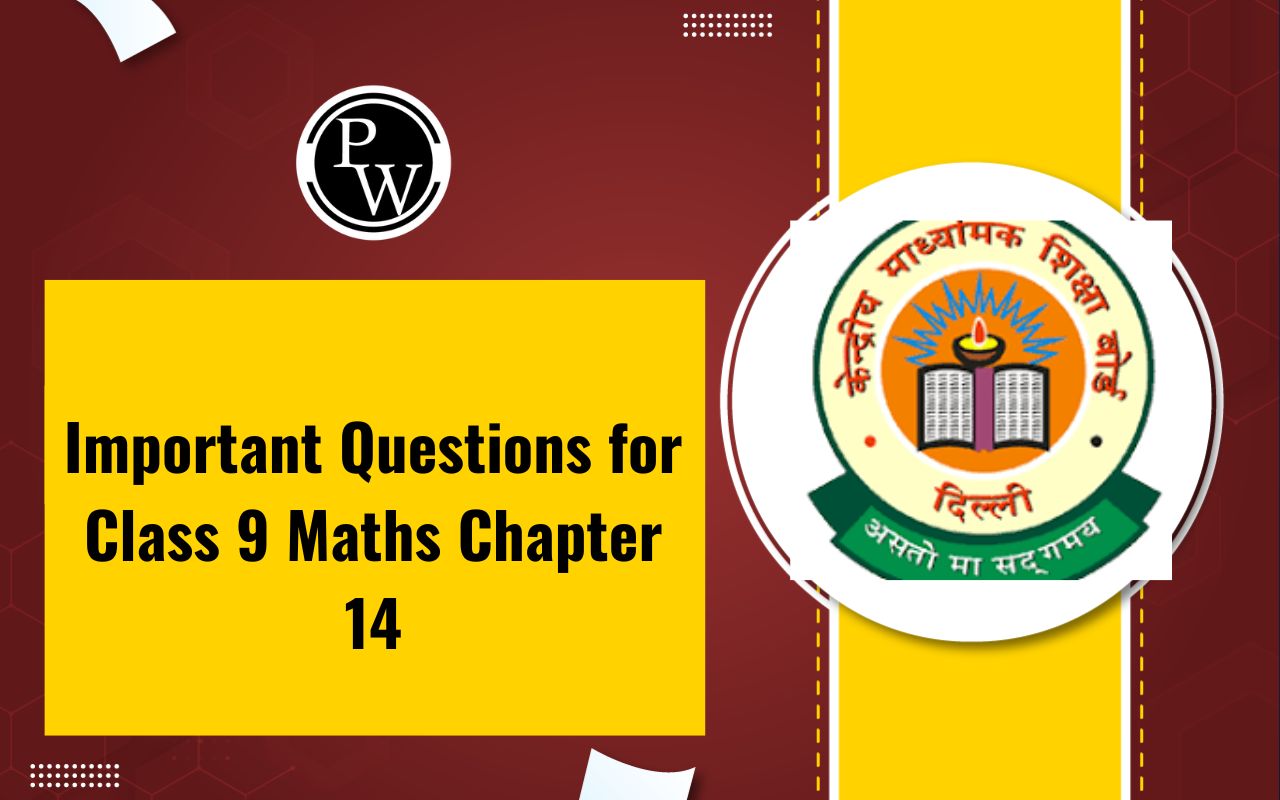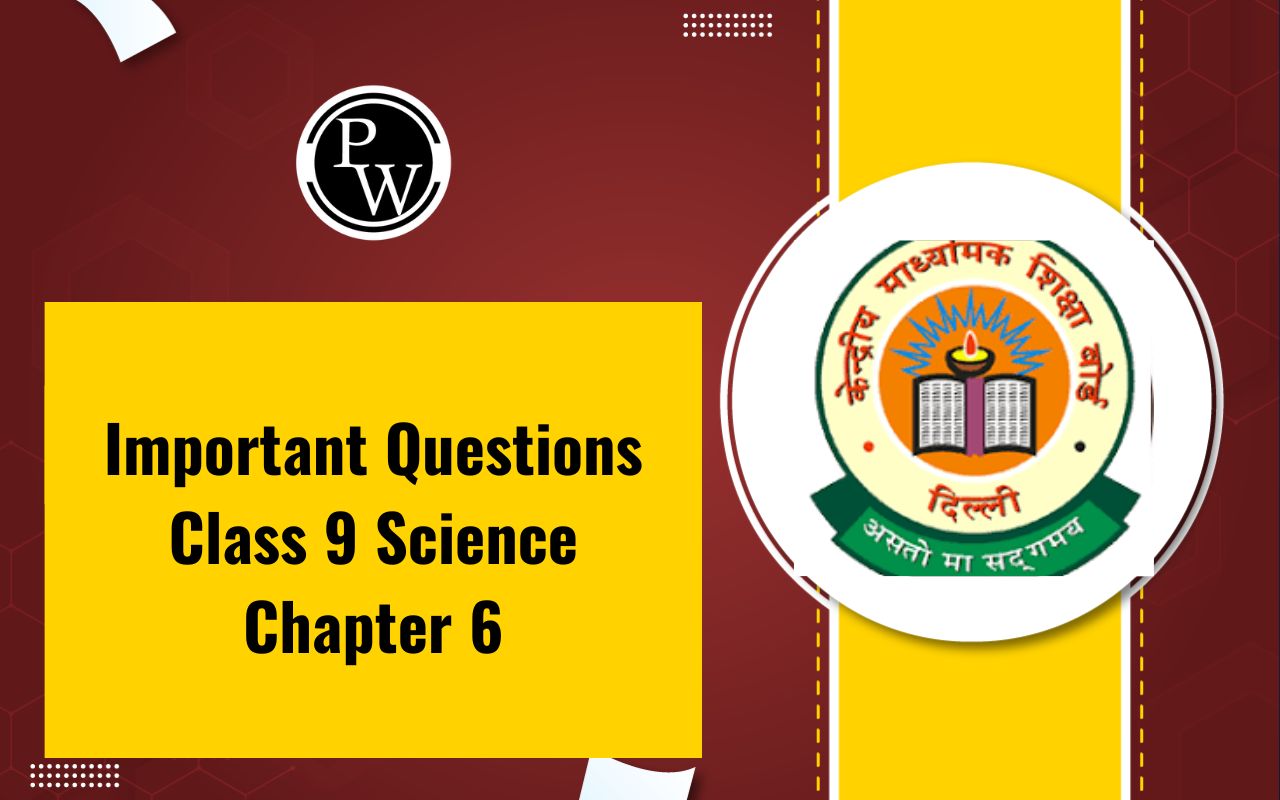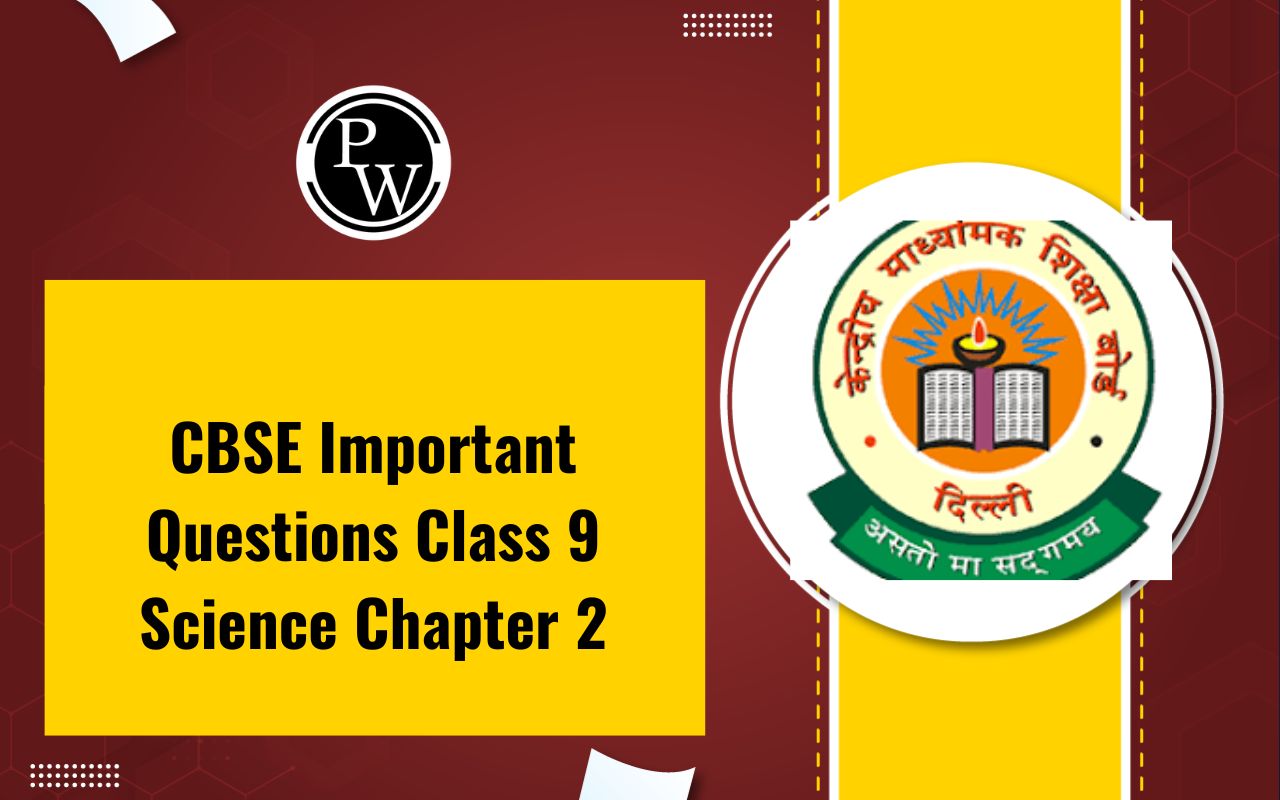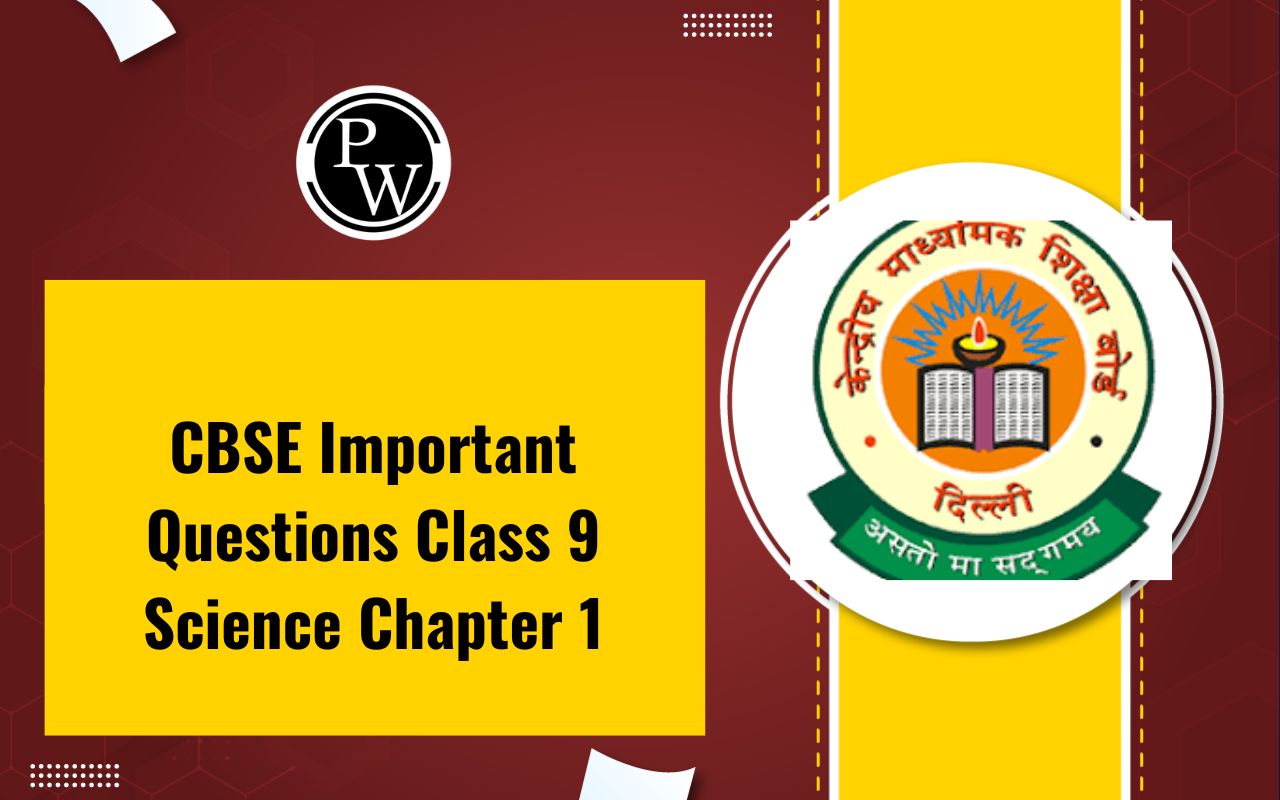

Important Questions for Class 9 Maths Chapter 14: Chapter 14 of Class 9 Maths focuses on "Statistics," an important topic that helps students understand how to collect organize and interpret data effectively. Some important questions from this chapter include finding the mean, median and mode of given data sets, understanding the concept of cumulative frequency, and constructing and interpreting frequency distribution tables and histograms.
These important questions not only prepare students for their exams but also develop their analytical skills, making them better equipped to handle data-related tasks in future studies and everyday decision-making. Mastering these concepts is important for a solid foundation in mathematicsClass 9 Maths Chapter 14 Important Questions
The important questions for Class 9 Maths Chapter 14 are prepared by subject experts of Physics Wallah focus on essential concepts related to statistics. These questions are created to enhance students understanding of how to collect, organize and interpret data, as well as how to calculate measures like mean, median and mode.By tackling these questions, students can strengthen their grasp of statistical concepts and improve their problem-solving skills. The expert-created questions not only prepare students for their exams but also help them apply these mathematical concepts to real-world situations making their learning experience more relevant and engaging.
CBSE Important Questions for Class 9 Maths Chapter 14 PDF
You can access the Important Questions for Class 9 Maths Chapter 14 in PDF format by clicking the link provided below. This PDF includes a collection of important questions that cover essential topics in statistics. These questions will help you reinforce your understanding and prepare effectively for your exams. Don’t miss the opportunity to enhance your learning experience.Download Important Questions for Class 9 Maths Chapter 14 PDF
Question 1 . Give three examples of data which you can get from your day-to-day life.
Solution:
Here are the three examples which are related to our day-to-day life :- The number of boys in a sports team.
- Electricity bills for last one year.
- The number of students appearing for board exams at your school.
Question 2 . The height of 20 students of class V are noted as follows
4, 4.5, 5, 5.5, 4, 4, 4.5, 5, 5.5, 4, 3.5, 3.5, 4.2, 4.6, 4.2, 4.7, 5.5, 5.3, 5, 5.5.
- Make a frequency distribution table for the above data.
- Which is the most common height and which is the rarest height among these students?
Solution:
1. The required frequency distribution table is:| Height | Tally Marks | Students |
| 3.5 | II | 2 |
| 4 | IIII | 4 |
| 4.2 | II | 2 |
| 4.5 | II | |
| 4.6 | I | 1 |
| 4.7 | I | 1 |
| 5 | III | 3 |
| 5.3 | I | 1 |
| 5.5 | IIII | 4 |
| Total | 20 |
Question 3: The number of family members in 10 flats of society are
2, 4, 3, 3, 1,0,2,4,1,5.
Find the mean number of family members per flat.
Solution :
Number of family members in 10 flats -2, 4, 3, 3, 1, 0, 2, 4, 1, 5. So, we get, Mean = sum of observation/ total no of observations Mean = (2 + 4+ 3 + 3 + 1 + 0 + 2 + 4 + 1 + 5) / 10 Mean = 25/10 = 2.5Question 4.The following is the list of number of coupons issued in a school canteen during a week:
105, 216, 322, 167, 273, 405 and 346.
Find the average no. of coupons issued per day.
Solution:
Number of coupons issued in a week: 105, 216, 322, 167, 273, 405 and 346. So, we get, Mean = sum of observation/ total no of observations Mean = (106+ 215+ 323+166+273+405+346)/ 7 = 1834/7 Mean = 262Question 5. The daily minimum questions solved by a student during a week were as under:
| Monday | Tuesday | Wednesday | Thursday | Friday | Saturday |
| 35 | 30 | 27 | 32 | 23 | 28 |
Find the mean.
Solution:
Number of questions solved in a week: 35, 30, 27, 32, 23, 28. So, we get, Mean = sum of observation/ total no of observations = (35+30+27+32+23+28) / 6 = 175/6 = 29.167Question 6.If the mean of six observations y, y + 1, y + 4, y + 6, y + 8, y + 5 is 13, find the value of y.
Solution:
Mean = sum of observation/ total no of observations 13 = ( y + y + 1+ y + 4+ y + 6+ y + 8+ y + 5) / 6 13 = (6y + 24)/6 (13 * 6) = 6y +24 (13 * 6) – 24 = 6y (13 * 6) – 6 * 4 = 6y 6(13 – 4) = 6y y = 9Question 7. The mean weight of a class of 34 students is 46.5 kg. If the weight of the new boy is included, the mean is rises by 500 g. Find the weight of the new boy.
Solution:
The mean weight of 34 students = 46.5 Sum of the weight of 34 students = (46.5 * 34) = 1581 Change or increase in the mean weight when the weight of a new boy is added = 0.5 So, the new mean = (46.5 +0.5) = 47 So, let the weight of the new boy be y. So, (sum of weight of 34 students + weight of new boy) / 35 = 47 (1581+ y)/ 35 = 47 1581 + y = 1645 y = 1645 – 1581 = 64Question 8.The Number of books issued to 13 students in a class are:
25, 19, 24, 23, 29, 31, 19, 20, 22, 26, 17, 35, 21.
Find the median no. of books for the above data.
Solution:
Let’s arrange the data given in ascending order – 17, 19, 19, 20, 21, 22, 23, 24, 25, 26, 29,31,35. n= 13, so it’s an odd number Median = (n+1) / 2 observations = (13+1)/ 2 = (14/2) th observation = 7th observation = 23Question 9.The weight (in kg) of 7 students of a class are 44, 52, 55, 60, 50, 49, 45.
Find the median weight.
Solution:
Let’s arrange the data given in ascending order – 44, 45, 49, 50, 52, 55, 60. n= 7, so it’s an odd number Median = (n+1) / 2 observations = (7+1)/ 2 = (8/2) th observation = 4th observation = 50 kgBenefits of Practicicng Important Questions for Class 9 Maths Chapter 14
Enhanced Understanding : By working through important questions, students deepen their comprehension of statistical concepts such as mean, median, mode and graphical representation of data.
Improved Problem-Solving Skills : Regular practice helps students develop and refine their problem-solving abilities. They learn to approach questions systematically making them more confident in their ability to handle different types of problems.
Exam Preparation : Focusing on important questions allows students to familiarize themselves with the exam format and types of questions that may appear. This targeted preparation can lead to better performance in assessments.
Time Management : Practicing these questions can help students improve their time management skills during exams. By simulating exam conditions they can learn how to allocate their time effectively for each question.
Identification of Weak Areas : Working through a variety of important questions enables students to identify areas where they may struggle. This self-awareness allows them to seek help or focus their study efforts more effectively.
Boosted Confidence : As students successfully solve important questions, their confidence in their mathematical abilities grows. This positive reinforcement can motivate them to tackle more challenging problems.
Important Questions for Class 9 Maths Chapter 14 FAQs
What is statistics?
What are the types of data in statistics?
What is the difference between mean, median, and mode?
How do you find the mean of a set of data?












